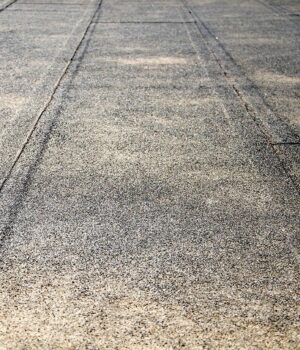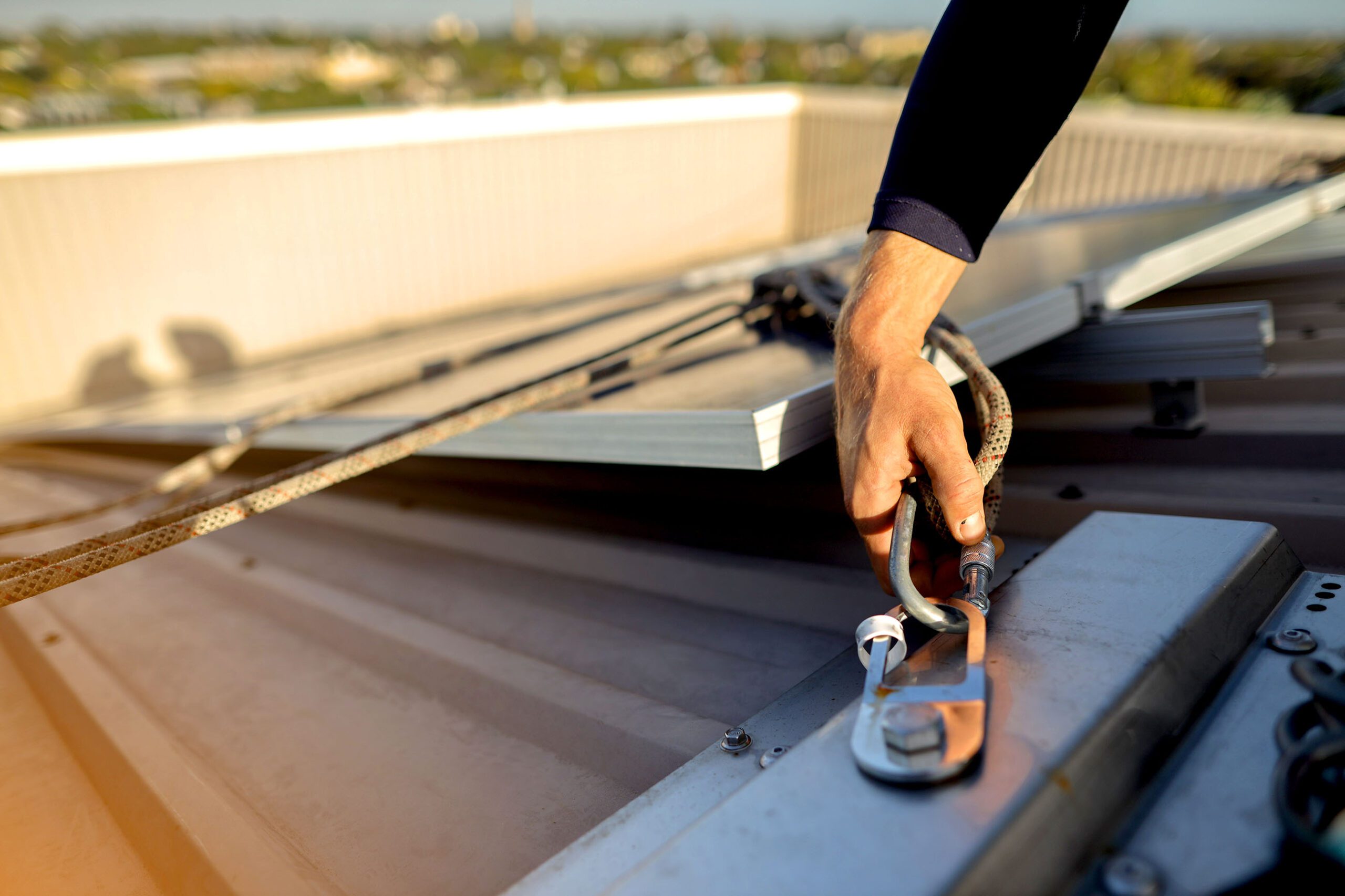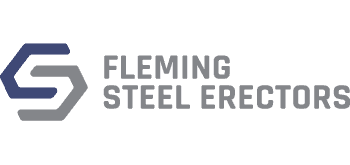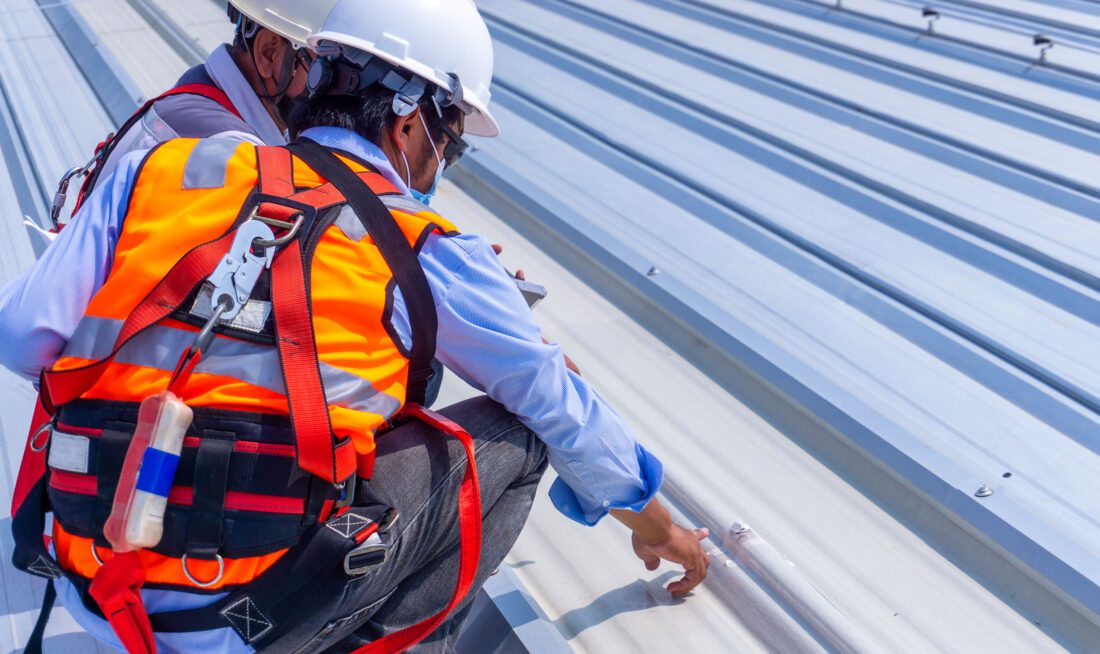Your Roof Inspection Checklist
How to Make Sure Your Roof is Ready for a Rough Winter
In virtually every region of the United States, winter can be counted on to bring severe weather—whether it be extreme cold, snowstorms, heavy rains or high winds. That concern is heightened when experts warn of the possibility of a “super” El Nino pattern, as happened recently. The last time such a weather event occurred, in the winter of 1997-98, the Western U.S. was devastated by record rainfall and flooding.
That’s why right now–before the onset of winter—is a good time to consider the condition of your roofing. After all, if the roof of a structure fails, everything underneath it is at risk. Think of your equipment, supplies, records, inventory, and all the other physical assets that make up your business. You’d probably pay a lot to protect them. In that light, the cost of a proactive roof inspection seems paltry indeed.
Why an Annual Roof Inspection Makes Sense
Few components of a building are as important as the roof. Yet, it’s often the last thing to receive attention. That’s understandable, since we rarely have occasion to see what’s going on up there; the roof is all too easy to ignore. Happily, there are companies that specialize in caring for the roofs of commercial and industrial buildings. Trained experts can spot problems and provide remedies—before the issues become catastrophic. You can avoid headaches by working with them to establish a regular roof inspection schedule. By pre-arranging inspections for the same time each year, you can be assured that your roof remains safe and in good shape all year long.
What Type of Roof Do You Have?
The needs and hazards of any building’s roof depend largely on its composition. Here are some of the materials commonly used for commercial and industrial structures:

Asphalt
Composed of crushed stone, gravel, sand, and bitumen (a petroleum product that holds the other materials together). Asphalt is generally flexible, strong, and durable, which explains its popularity as a roofing material. But over time, it can warp, buckle, or crack. Sharp objects can puncture it. And granules can dislodge, exposing the material underneath. A thorough, timely roof inspection can reveal these flaws before they cause real damage.

Metal
One of the most durable roofing materials. It generally won’t buckle, peel or crack. It’s exceptionally resistant to wind damage, and it has the great advantage of being fireproof. But metal can oxidize (rust), which is why most metal roofs employ rust-resistant coatings. Galvanized steel is among the most popular roofing materials, combining a zinc oxide coating with a smooth resin finish. But inspection of any metal roof should focus on areas of rust and corrosion. It should also be noted whether the roof structure is vulnerable to lifting in the event of high winds.

Ethylene propylene diene terpolymer (EPDM)
A material sometimes used for low-slope roofs. Its main advantage is the enhanced water protection it provides. But it can be subject to shrinkage.
A trained professional will know the vulnerabilities of any particular roof structure and pay special attention to those areas.
Basic Roof Maintenance
With or without an inspection, a lot of problems can be averted with some very basic maintenance:
Clear the roof of debris, snow, and foreign objects. Make sure gutters, downspouts and drain boxes are unobstructed. Trim nearby trees that could deposit branches or leaves on your roof. Eliminate pools of standing water. Special attention should be paid to junctions, seams, and low spots where water might collect.
Your Roof Inspection Checklist
In a detailed roof inspection, here are some things to look for:
Nail pops
Water stains or discoloration on interior ceiling tiles and/or walls
Panel movement
Evidence of pooling water (stains, discoloration)
Moisture intrusion at parapet wall & structural wall joints
Delamination
Lifted roof edges
Mold or algae
Cracked sealing around pipes
Membrane cracks or tears
Gutters and downspout clogs or damage
Debris on roof (fallen tree branches, leaf piles, etc.)
Soft or wet interior building drywall
Fastener gasket failure
Hail damage or obvious holes
Damaged or corroded flashing
Some problems will recur or worsen over time. That’s why it’s helpful to document even the smallest issues observed during an inspection. Documentation can help future inspectors zero in on trouble spots, potentially saving time, money, and grief.

Staying Safe During Your Roof Inspection
Whether your structure is one story high or 100, if you’re sending people up there, it’s essential that they have and use the proper safety equipment. That could include:
- A personal fall arrest system
- Safety nets
- Guardrails
In fact, federal OSHA requirements call for at least one of these protection systems for anyone working at a height of six feet or higher. (State laws may have even stricter requirements.) Employees working at height must also have specific training in fall protection. On low-slope roofs, warning line systems and safety monitoring systems are also helpful.
Letting the Pros Handle It
These are just some of the items a competent roof inspection must address. As with all the important systems in your structure, expertise is vital in ensuring that your roof is functioning effectively. So, don’t hesitate to call the pros. Then, you can check one more worry off your priority list.



